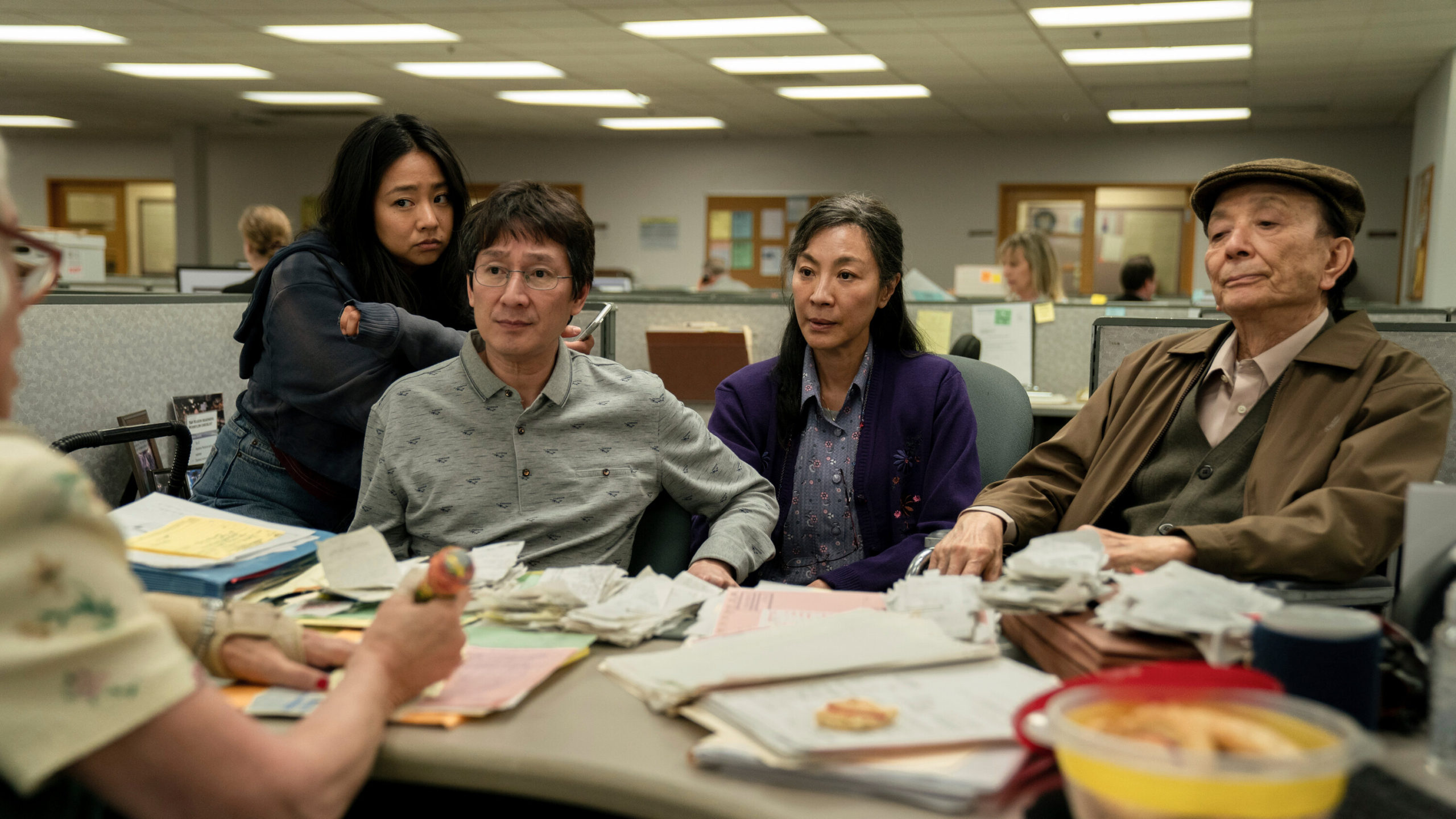Table of Contents Show
The concept of intergenerational trauma has many names — trans-generational trauma, familial curses, and generational patterns. Some monikers imply nebulous misfortune and general unluckiness, while others are more clear-cut. Trauma is passed down through generational connections. Regardless of terminology, modern media, film studios, and the like have placed this phenomenon at the forefront of countless projects in recent years. Of course, “twin films” (( Sommerlad, Joe. “Twin films: Ten times Hollywood studios have released ‘lookalike’ movies on the same subject.” The Independent, 5 July 2018. )) can exist as acquisitive moves from major studios, but most projects that include intergenerational trauma as a core storytelling point have been critically-acclaimed and well-crafted with so much heart emanating from the screen. Even if the rise in intergenerational trauma content proved a “cash grab,” think about what that would mean — as in, this kind of story brings people into theaters, commands viewers’ attention, and even enthralls critics.
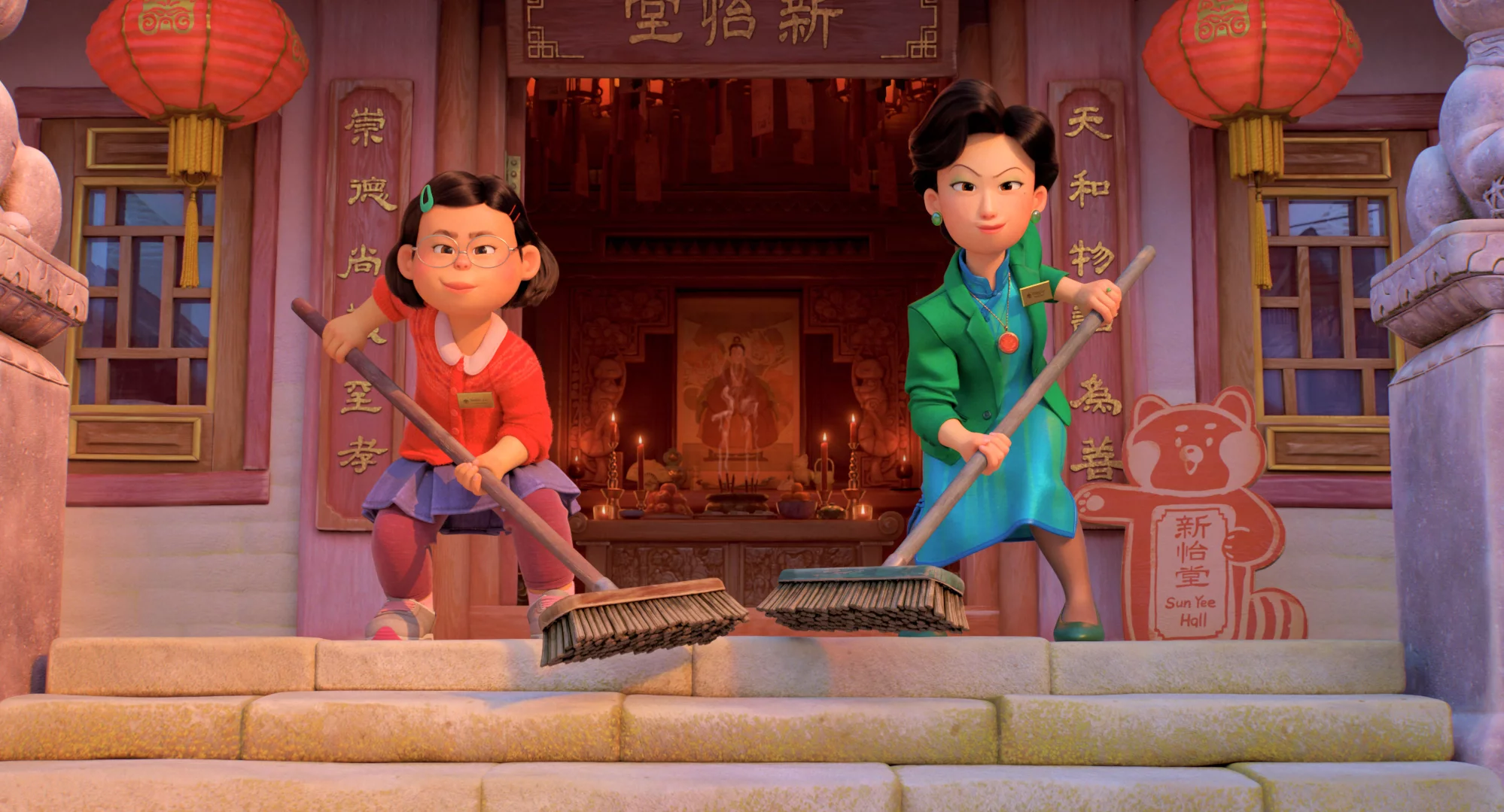
Everyone is connected to another human in some way, and we all depend on one another for survival. Some people are closest to humans that are related to them by blood, while others make families out of those who are around. It’s unimportant, which encapsulates a viewer’s experience. All that matters is that they’re connected to someone, who has been connected to someone else, who has been connected to someone else. This creates the relatability of intergenerational trauma — it will always be inherent to the human condition because we are always entwined with each other. The foray into the intergenerational trauma “trend” is in part due to this relatability but what makes this time so successful? Content-wise, monetarily, and even with the use of the term “intergenerational trauma” — what has modern media done differently to conjure this result?
The Past: From Classic Literature to 80s Films
Although intergenerational trauma as a health concept came to be in the late mid-1960s (( DeAngelis, Tori. “The Legacy of Trauma.” American Psychological Association, Feb. 2019. )), creatives and media have been (unknowingly) illuminating the phenomena since pictures could move and quills could scrawl.

Take Emily Brönte’s Wuthering Heights (1847), a tale that follows the horrifying love story between Catherine Earnshaw and the notorious Heathcliff. Both are troubled children made more troubled by Catherine’s abusive brother Hindley, as well as the general prejudice racially ambiguous Heathcliff faces on a daily basis. Spoilers for those who haven’t yet read the almost 200-year-old novel, in the end, everyone is miserable or deceased—the daughter of Catherine, Cathy Linton, leading a “sullen and inhospitable” life (( Wuthering Heights. Wikipedia, Accessed 27 May 2022. )).
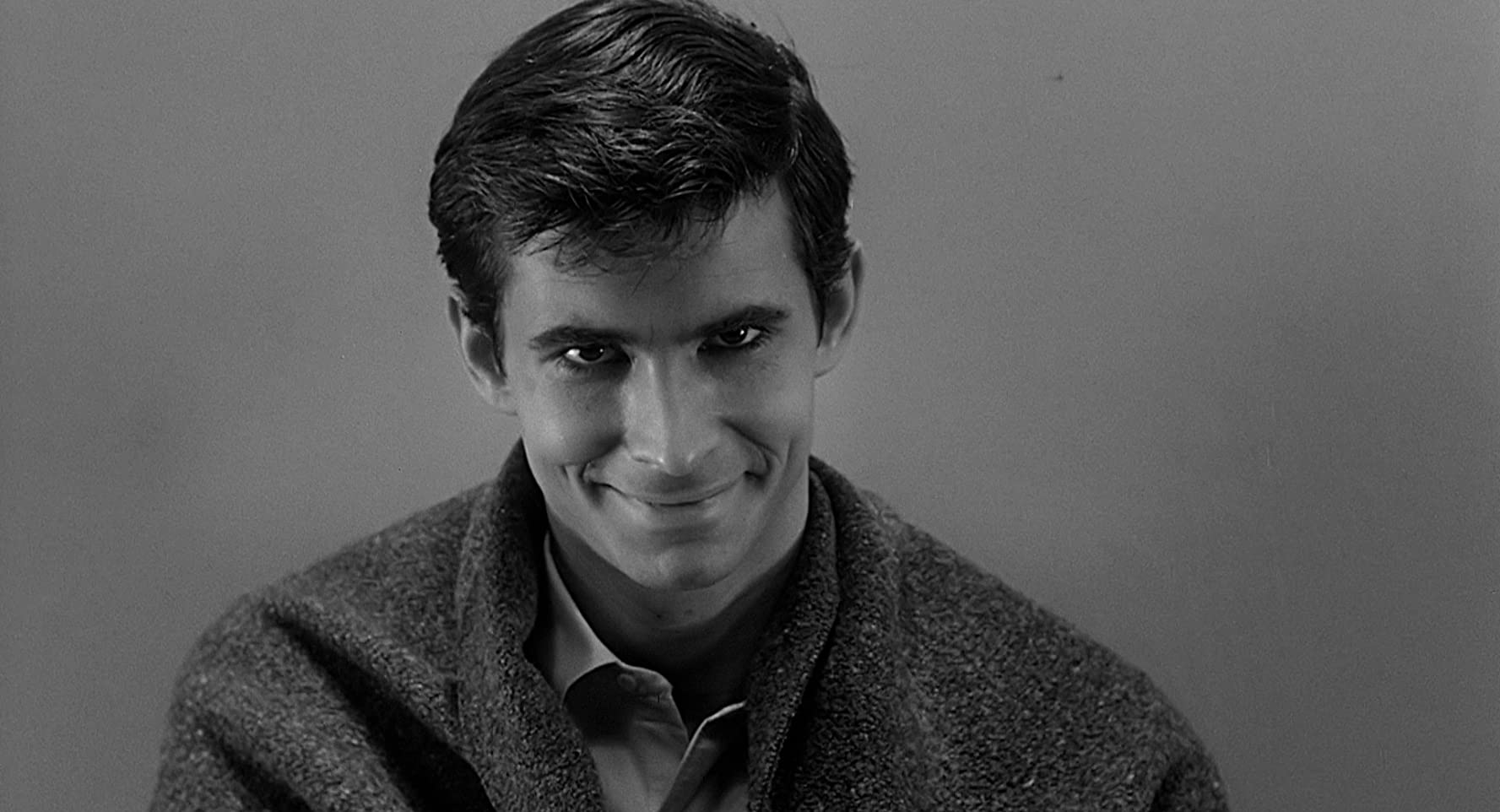
Once film entered the fray, representations of intergenerational trauma seemed to be unavoidable across genres, although not yet a popularized term. Alfred Hitchcock’s 1960 horror masterpiece, Psycho (( Psycho. IMDB, Accessed 27 May 2022. )), presented Norman Bates, a deranged, homicidal individual. Bates was made that way because of his mother’s emotional abuse and manipulation — a familial curse. Director John Hughes’s slew of 80s coming-of-age comedy hits, namely Ferris Bueller’s Day Off (( Ferris Bueller’s Day Off. IMDB, Accessed 27 May 2022. )) and The Breakfast Club (( The Breakfast Club. IMDB, Accessed 27 May 2022. )) eponymous moments are all tearful admissions about the characters’ failing authority figures.
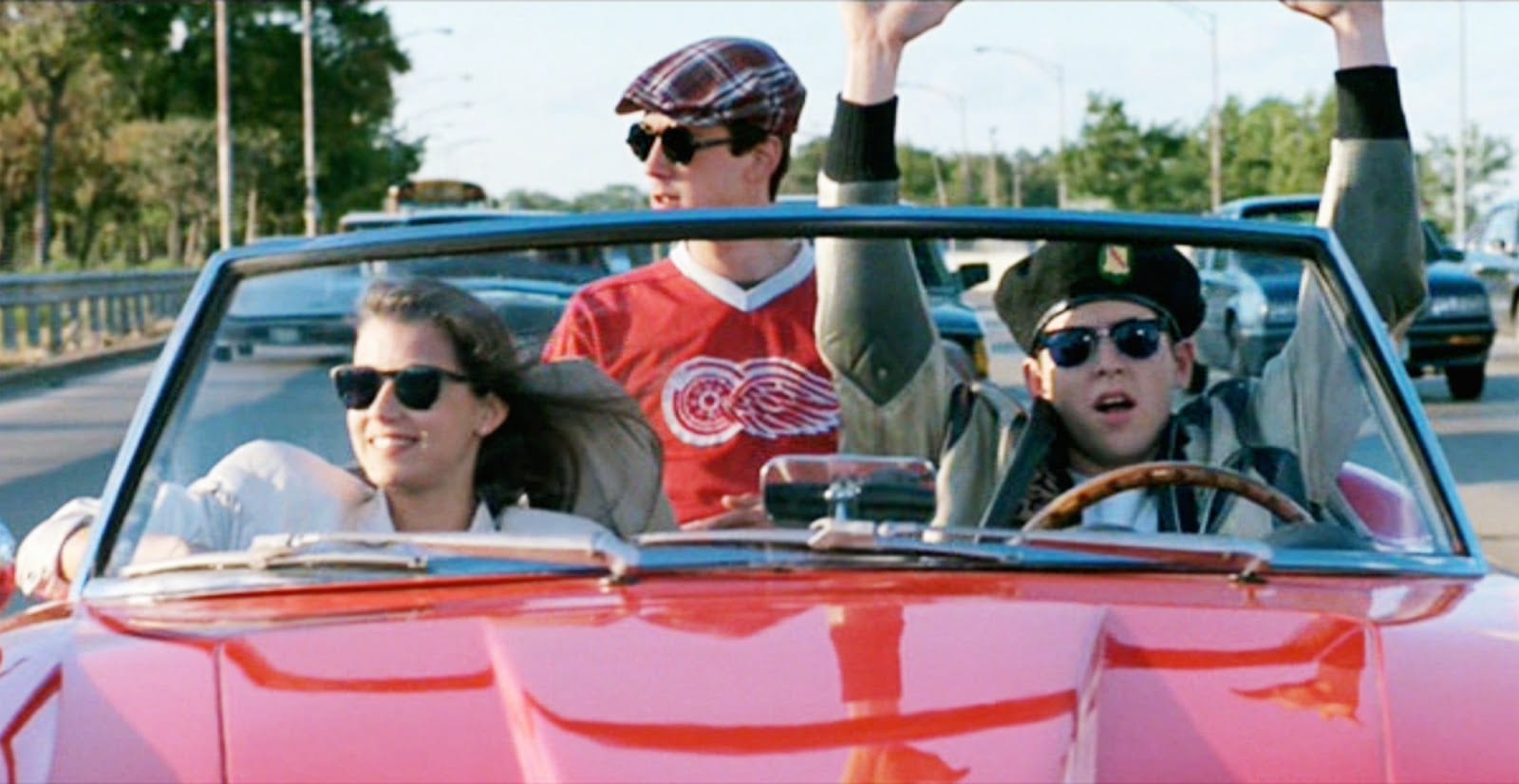
This thread of familial curse has always been present in our media culture. However, with the actual term “intergenerational trauma” seeing a rise in prevalence within the last years (( Pandell, Lexi. “How Trauma Became the Word of the Decade.” Vox, 25 Jan 2022. )) and Hollywood becoming more accessible to underrepresented artists — such as BIPOC, LGBTQ+ and disabled folk — new iterations, from fresh-eyed individuals, are finally being told.
The Present: Mothers, Fathers, Senseis, And Inherited Pain
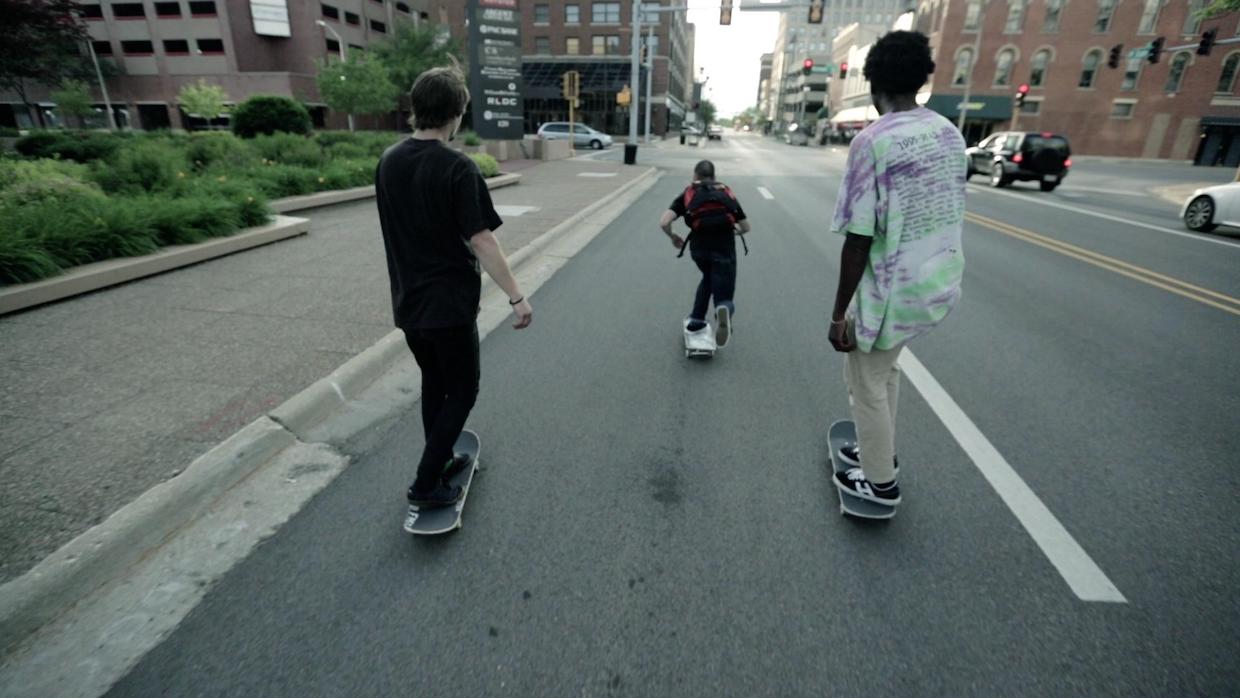
Some of our current media landscape’s most beloved and critically-acclaimed films deal with intergenerational trauma in differing contexts. These contemporary projects present varying perpetrators, victims, and survivors, ranging from releases as unexpected as Netflix’s Cobra Kai to the expected Turning Red and Encanto. Inherited pain leaps across genre lines, too. In Bing Liu’s 2018 Oscar-nominated documentary Minding The Gap ((Minding The Gap. IMDB, Accessed 27 May 2022. )), Liu chronicles his life growing up in the city of Rockford, Illinois, through the lens of his love for skateboarding.
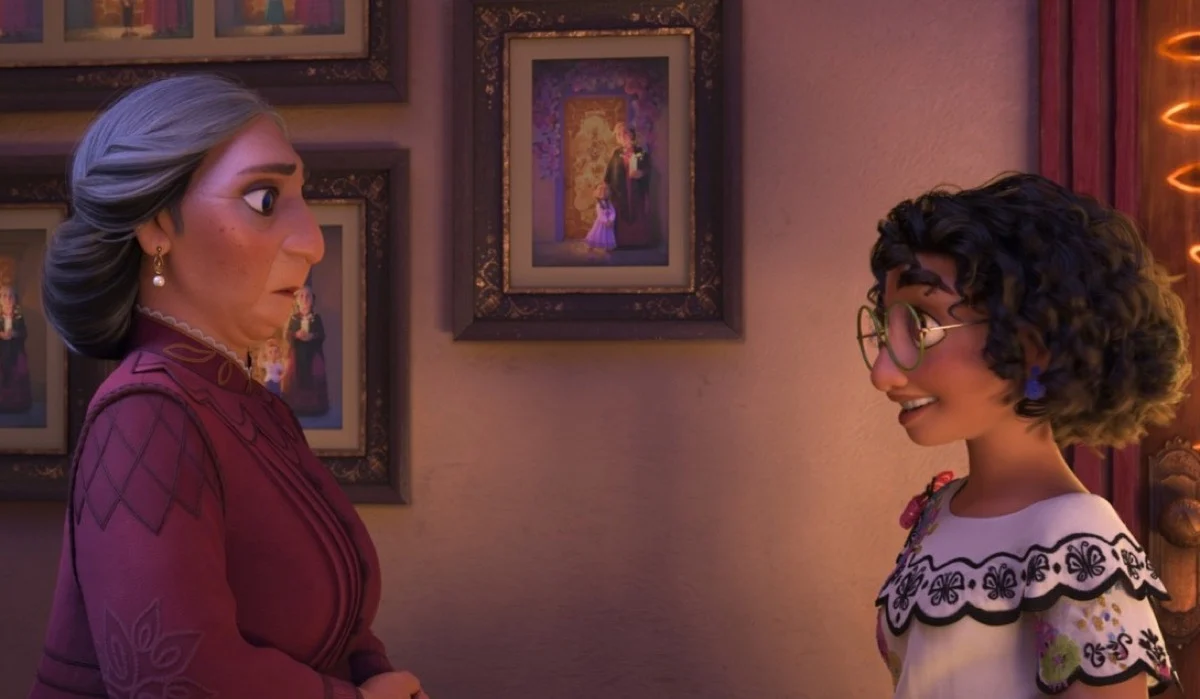
The film sheds light on the strong community of skaters who found solace in each other — out of their respective violent homes, and documents how cyclical abuse can be (( Rizov, Vadim.“‘I Had a Moral Crisis’: Bing Liu on Minding The Gap, Personal Doc Voiceovers and Cycles of Abuse.” Filmmaker, 15 Aug. 2018. )). Groundbreaking for its content, Minding The Gap also presents a story not actively told until Liu brought it to screens four years ago — one of a Chinese-American immigrant living in the rust belt with an abusive step-dad, skating for his life. Minding The Gap tackles a perspective on intergenerational trauma that centers on a male as the main culprit of transfer: but more recent releases have showcased a matriarch in the role.
Pixar & A24
Pixar’s 2022 slate of Encanto and Turning Red have a grandmother and mother at the helm of the family unit. With Encanto, Abuela Alma (María Cecilia Botero) is haunted by the death of her spouse at the hands of invaders. Before he passes, his love is turned into a “protection spell” (( Cannon, Britt. “Disney’s Encanto and the Exploration of Generational Trauma.” Collider, 12 Feb. 2022. )) that also grants his family members powers. This trauma manifests in Abuela Alma placing intense pressure on her kin to live up to expectations of grandeur — a recipe for disaster, as well as resentment. Turning Red tells the tale of Meilin Lee (Rosalie Chieng), who’s on the cusp of puberty — which, in the Lee family, means you turn into a giant red panda. Ming Lee, her mother, is convinced that her daughter must give up her power as everyone else in their family, but Meilin sees value in her newfound gift. A battle between mother and daughter follows, hinging on the idea that what was done to Ming Lee by her mother also must be done to Meilin.
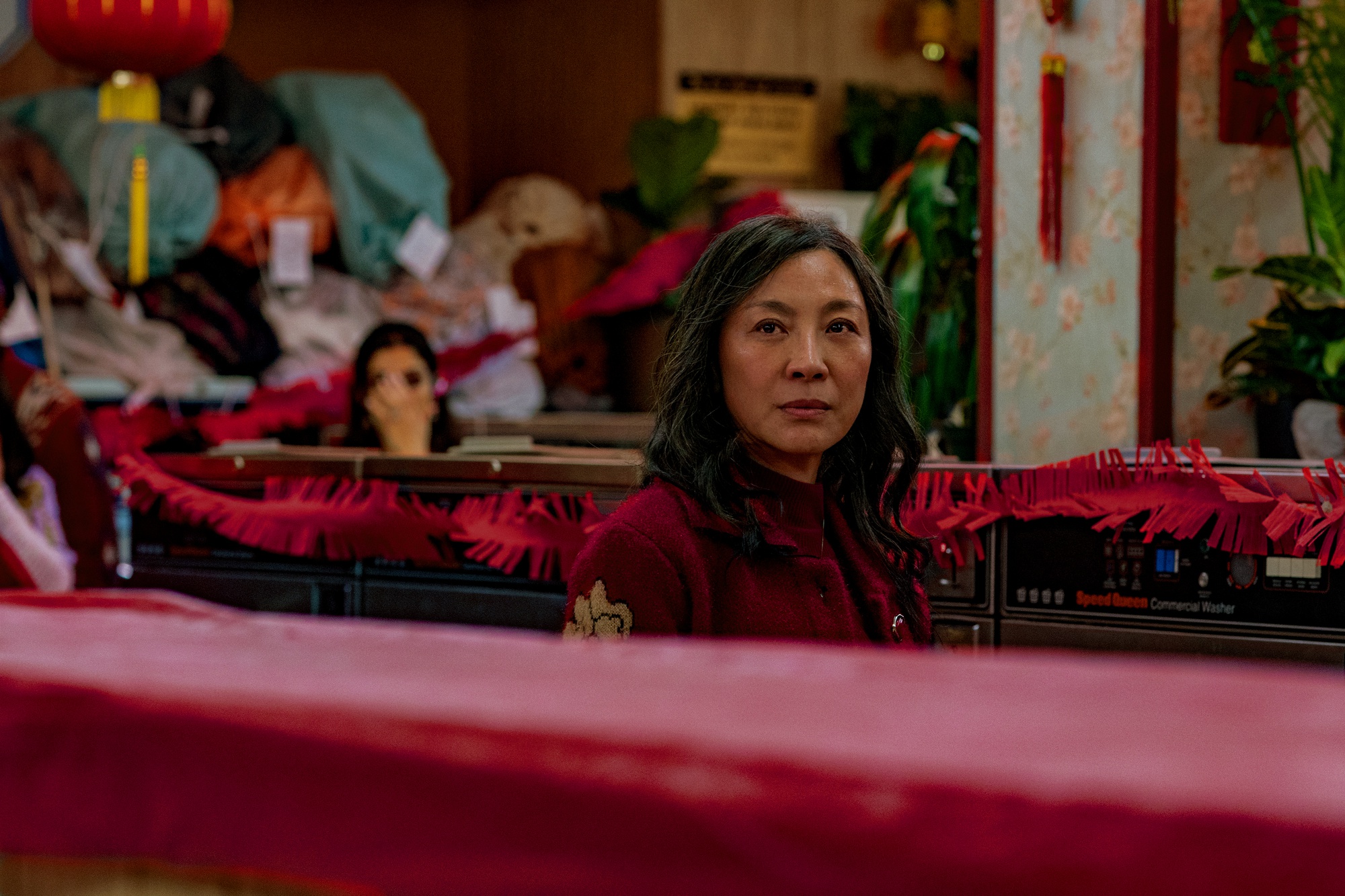
Similarly to the animation projects, A24’s Everything Everywhere All At Once, starring Michelle Yeoh, also shares its take on the subject. Yeoh’s character Evelyn is so doting on her own, quick-to-reject dad that she practically ruins her relationship with her husband Raymond (Ke Huy Quan) and daughter Joy (Stephanie Hsu) to please him. During the runtime, Evelyn faces the alternate realities of what her life would have been like as a film star, a singer, or even as a person with hot dogs for fingers.
She becomes hung up on her futures in the same way that she’s troubled by her father. She dismisses anyone who approaches her with levity or compassion due to her miserable state. As the film progresses through intricate, bombastic, and bizarre multiverses, coupled with a wake-up call from her struggling daughter, Evelyn realizes that what’s in front of her matters more than anything that could have happened. The approach Everything Everywhere All At Once takes on the subject isn’t wholly original — as it still considers the nuclear family as its leading proponent of intergenerational trauma — but its form is ambitious and electrifying, combining action, drama, comedy, and coming-of-age elements.
Cobra Kai (2018-)
Netflix’s dramedy Cobra Kai isn’t what most think of when considering media that deals with inherited pain, but it provides a take on the topic that is significant — almost anyone can pass down trauma regardless of familial relation. In fact, a notable amount of the intergenerational trauma in Cobra Kai is explored through the relationship of sensei and student — on par with the amount that’s presented through fathers and sons, which is a lot.
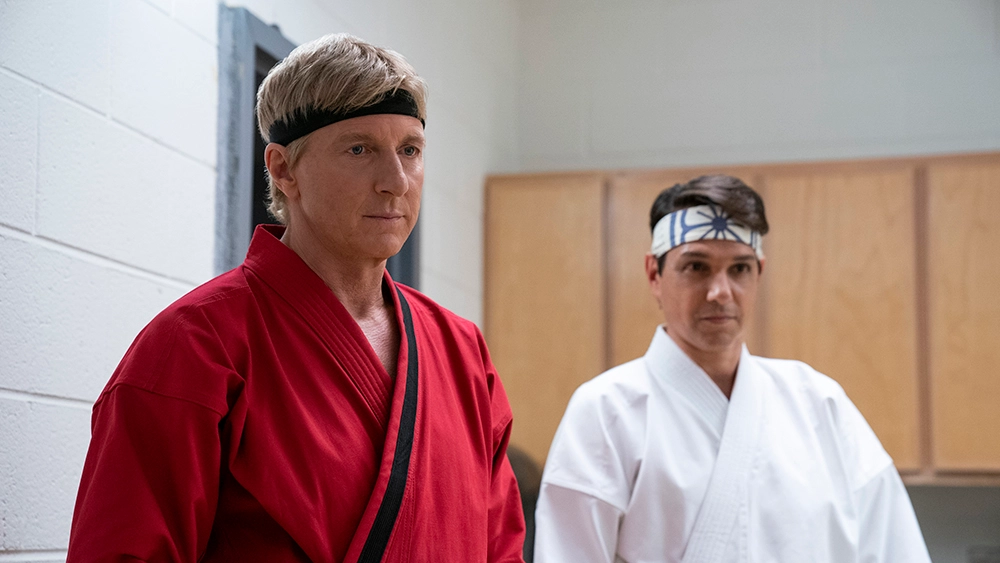
The series’ main character, Johnny Lawrence (Willian Zabka), is constantly in confrontation with his ex-sensei, the hardened John Kreese (Martin Kove), who berated and practically abused him for losing to Danny LaRusso all those years ago. The series even gives an explanation for John Kreese’s disposition, attributing it to the horrors he witnessed during the Vietnam War and his mother’s mental health decline during his teen years. Essentially, Cobra Kai is layers upon layers of intergenerational trauma from different angles.
These representations are wrought with distinctions from one another — whether that be cultural, socioeconomic, or physical- and they’re better for it. One point of note is how with each modern depiction of intergenerational trauma, the viewer is granted a new perspective from which to observe the cycle. The abusive step-father, demanding matriarchs, and even rigid martial arts teachers provide moments of entry for any audience — viewers who are not only looking to understand these concepts better but also who are likely reconciling with their own parents, families, or friends.
What Does The Future Hold?
A point of difference between modern representations of intergenerational trauma and past ones is today, there are more clear-cut ways in which our characters move forward. Healing inherited pain can be a long, tiring process, and some films make it look easier than others. In Encanto, Mirabelle (Stephanie Beatriz) ultimately learns to understand her Abuela’s pain, forgives her and the Madrigal family moves forward with an understanding unmet expectations aren’t failures. Although simplistic, it’s not unrealistic to surmise that even just recognizing trauma could cause a familial reckoning that ultimately solves itself.

With the other four examples, there are more open-ended answers. Cobra Kai and Minding The Gap leave room for further development — Cobra Kai still has at least two more seasons to go, and Minding The Gap documents real lives. We don’t know if our characters will ever reconcile with or solve this feeling, but they move forward anyway. Turning Red and Everything Everywhere All At Once have more solidified endings while leaving room for interpretation. Meilin recognizes her mother’s overbearingness as cyclical due to her upbringing but decides to keep her red panda powers because she now makes her own decisions. While in Everything Everywhere All At Once, Evelyn reckons with the fact that her judgment of Joy and dismissal of Raymond has caused literal multiversal pain and comes from her difficult past with her father. For her to begin again, she has to be present in the reality she exists in. She has to show those around her that she cares.
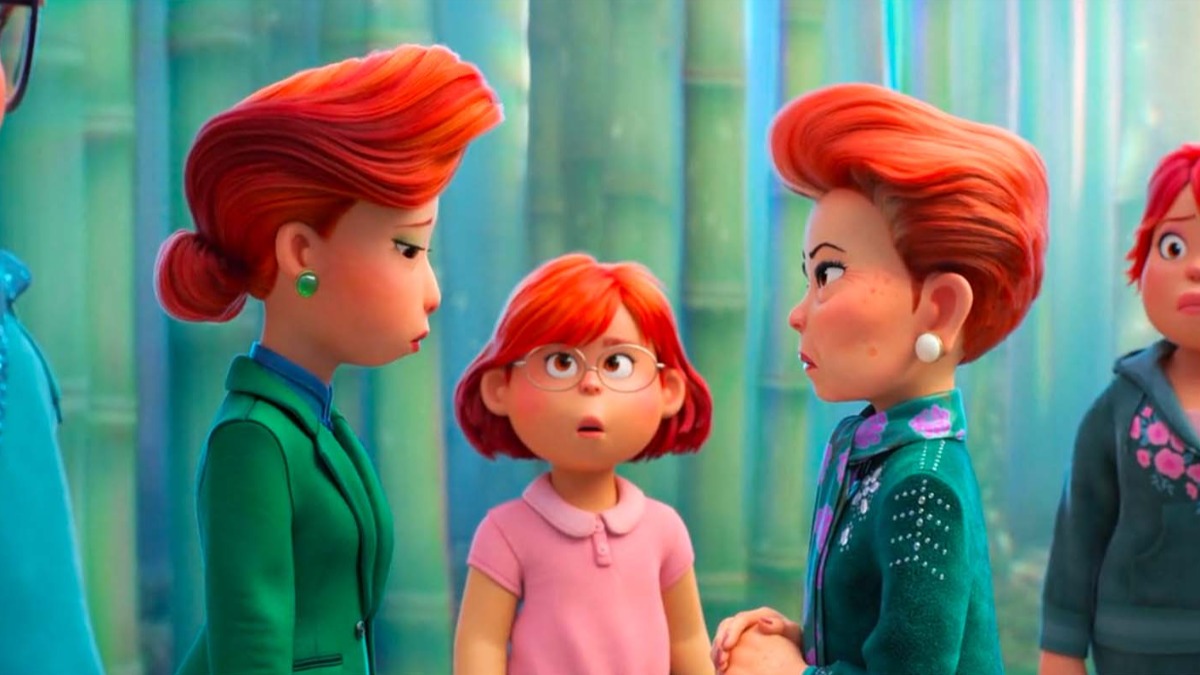
Intergenerational trauma in media is less of a trend and more of a reality that everyone experiencing human connection encounters. It’s a concept that would only dissipate if somehow, someway, everyone ceased communication with each other — which isn’t feasible. It will continue persisting, as it has since the beginning of the dissemination of media, only now through different genres, people, and places.
